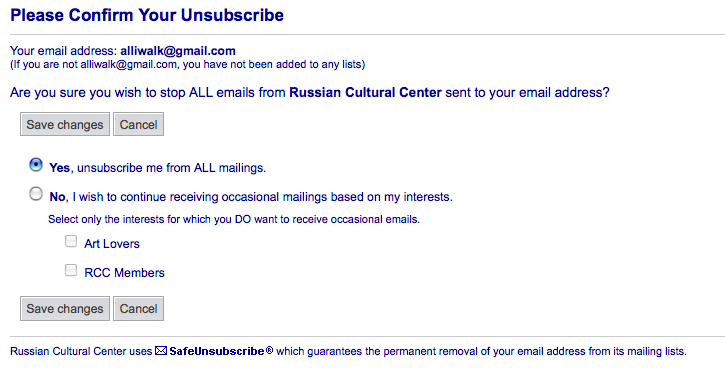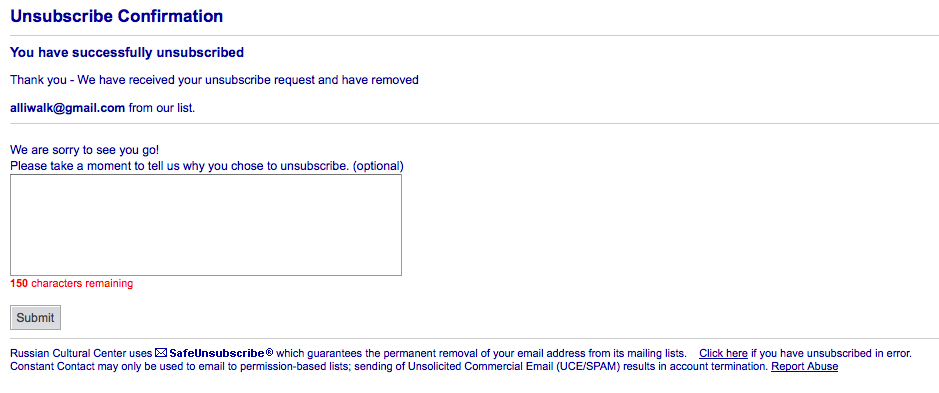As a recent transplant New York City, I of course compare my experience of living here with my experience of living everywhere else I’ve ever lived or visited. Just recently, I was using an escalator on the subway to go up to street level. As I rode up, I noticed that there were no emergency stop options anywhere on the escalator. I know such an options exist in plain site in other cities subway systems because during a recent trip to London I actually had to push the emergency stop button to stop the motion of the escalator. Just as I had gotten on, an old Italian couple in front of began falling down the stairs, literally, head over heels. The old woman had to have been at least 70 years old, and her husband was probably older. If I hadn’t pushed it I think they would have just kept falling forever, or at least until one of them had broken their neck.
When it happened, I was so shocked by what was happening, I couldn’t move. A woman standing in front of the couple, roughly in her late 30s, started yelling for someone to stop the escalator. Not being from London, or even, at the time, a regular rider of subway escalators I wasn’t really sure what to look for. It was only 3 or 4 seconds of the couple falling, but I felt a sense of panic that my hesitation in stopping the escalator would lead to the couple seriously injuring themselves. Luckily, as you can see from the photo from Transport for London.gov, the emergency stop button is right in the middle of the escalator, red, and accessible from all sides. (I had just gotten on the escalator, so I was about 3 steps away.)

To me, this is a really good example of the importance of human factors design. I couldn’t tell you now what the button said, if anything at all, but I can tell you that it was very easy to push and to see once I knew what to look for. Sometimes it’s important to just remember what we’re designing for. It worked, in an emergency, by someone who had never used it before and was not even from the country. That’s a pretty successful design if you ask me.



